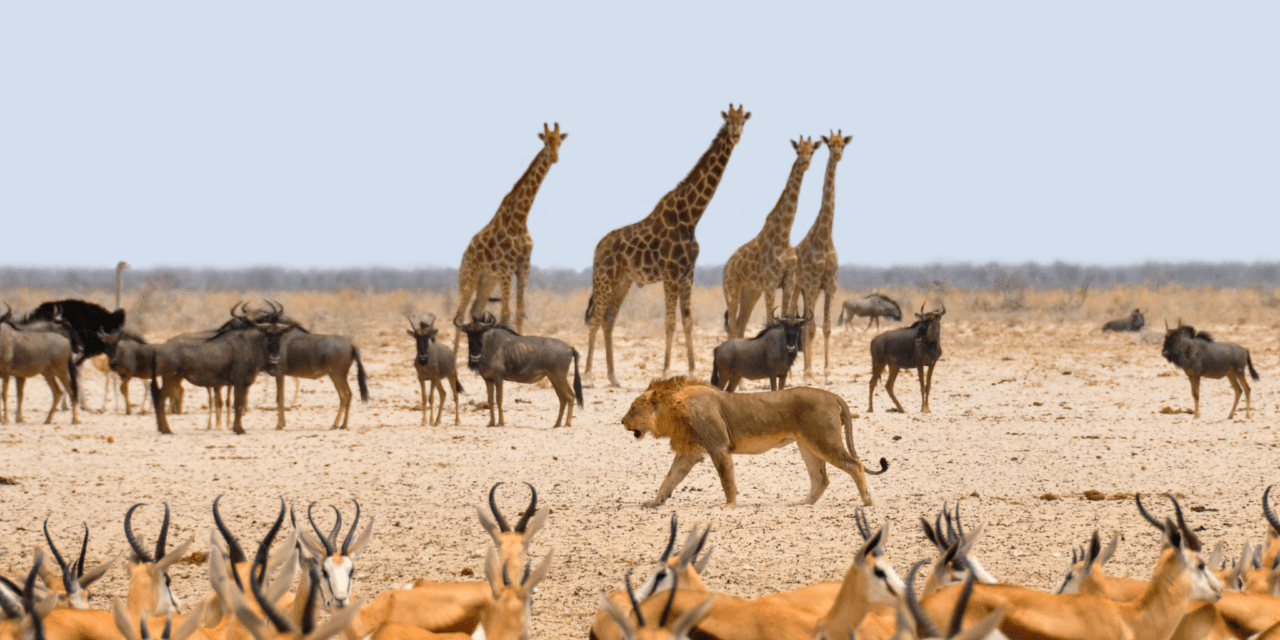Communication is vital in the animal kingdom, serving various purposes from mating to warning of danger. Understanding how animals convey messages can provide fascinating insights into their behavior and social structures. In this blog, we’ll explore the different forms of communication used by wildlife and the science behind these fascinating signals.
Vocalizations
Many animals rely on sound to communicate. Birds, for example, use songs and calls to attract mates and establish territory. Different species have unique vocal patterns, which can convey information about the caller’s identity, mood, and even their location. Researchers have found that certain bird species can even recognize individual calls, showcasing a sophisticated level of communication. Mammals like wolves and dolphins also use vocalizations. Wolves howl to communicate their location to pack members, while dolphins produce a range of clicks and whistles to coordinate hunting and socialize. These sounds play a crucial role in maintaining group cohesion and ensuring survival.
Body Language
Visual signals are another important aspect of animal communication. Many species use body language to express emotions or intentions. For instance, dogs display a range of postures and facial expressions to convey feelings such as aggression, fear, or submission. A wagging tail might indicate excitement, while a lowered head could signal submission or fear. In the bird world, displays of plumage can indicate health and fitness. Male peacocks, for instance, fan out their colorful feathers to attract females, showcasing their genetic quality. This visual communication is vital during mating seasons, as it helps females choose the fittest mates.
Chemical Signals
Chemical communication, or pheromones, is crucial for many animals, particularly insects. Ants, for example, use pheromones to mark trails to food sources and alert others to danger. These chemical signals can trigger various responses in other ants, facilitating complex social behaviors. In mammals, scents play a role in territory marking and reproductive signaling. Male deer, for instance, release pheromones during mating season to attract females. This form of communication is subtle yet effective, allowing animals to convey messages without direct confrontation.
Tactile Communication
Touch is another method of communication seen in many species. Primates often groom each other to strengthen social bonds and establish hierarchies. This tactile interaction is essential for maintaining group cohesion and reducing stress among individuals. Similarly, elephants use touch to communicate affection and support within their herds. They may wrap their trunks around one another as a sign of comfort, reinforcing social bonds that are vital for their survival.
Understanding the diverse ways animals communicate enhances our appreciation of the complexities of wildlife behavior. From vocalizations and body language to chemical signals and touch, these methods are crucial for survival and social interaction in the animal kingdom. By studying these communication strategies, researchers can better understand animal behaviors and promote effective conservation efforts. Next time you’re in nature, take a moment to observe the subtle signals of wildlife—there’s a whole world of communication happening right before your eyes!

